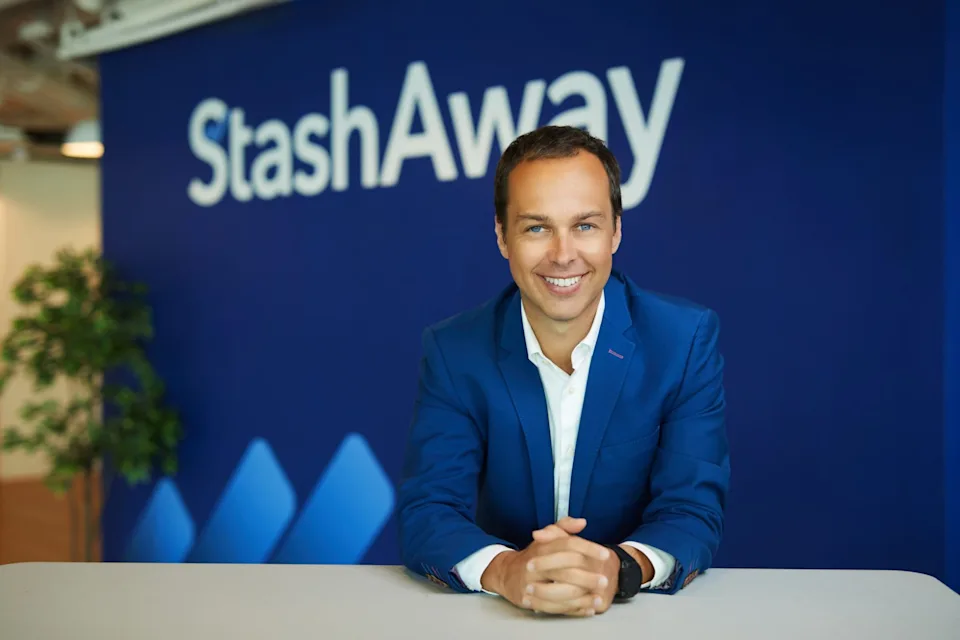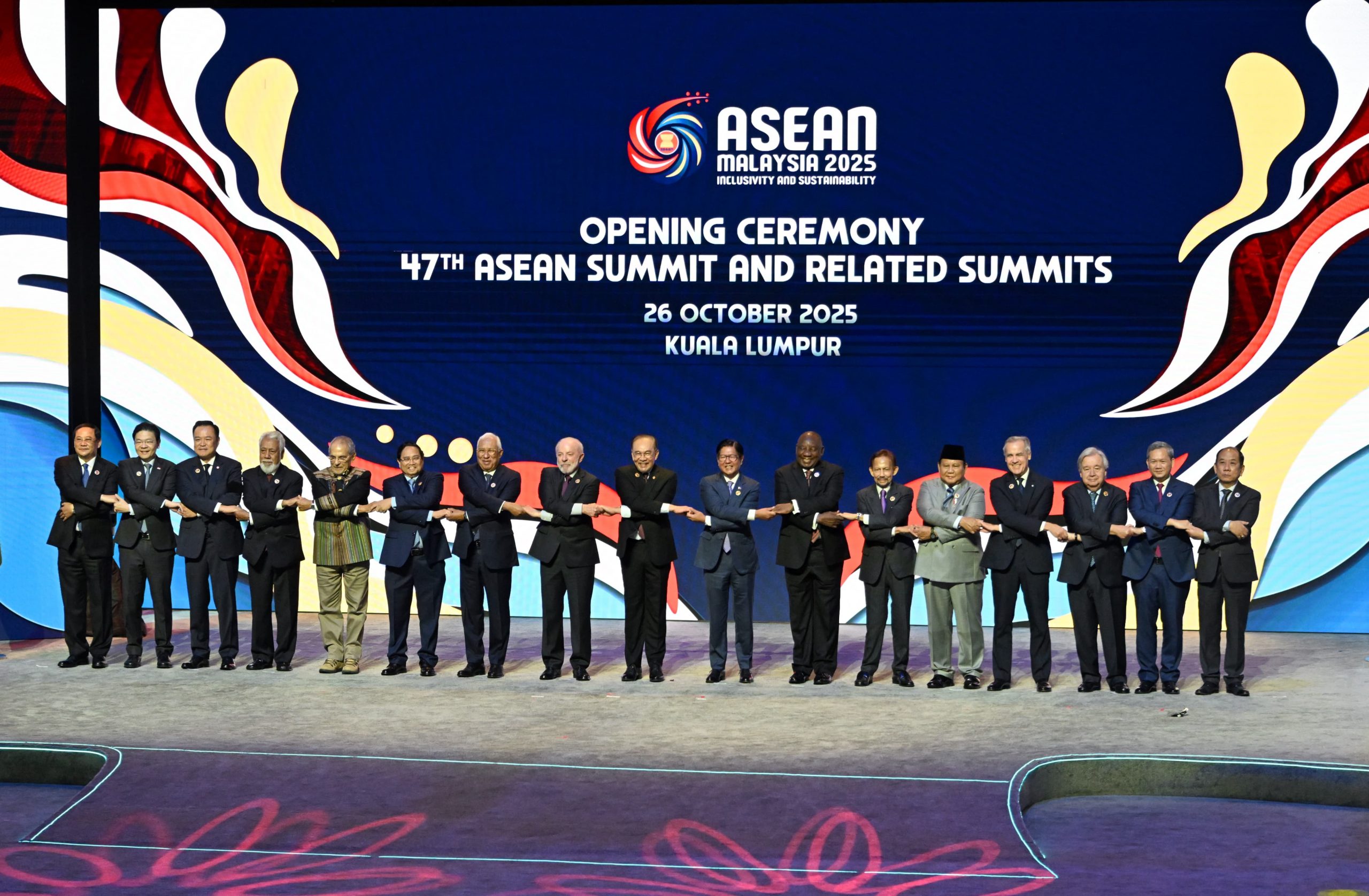First Abu Dhabi Bank (FAB) is deepening its role as the financial bridge between the Gulf and Asia. At the second edition of the Middle East–Asia Summit in Singapore, FAB convened over 250 policymakers, investors, and business leaders to discuss how trade, innovation, and sustainability can shape a new era of cross-regional growth.

Image source: Euromoney
Singapore, 25 September 2025 — First Abu Dhabi Bank (FAB), the UAE’s largest and most internationally active financial institution, successfully concluded the second edition of the Middle East–Asia Summit in Singapore, reinforcing its role as a key connector between the Gulf and Asia.
Held under the theme “Bridging Asia and the Middle East: The Future of Trade, Investment & Finance,” the summit convened over 250 senior policymakers, institutional investors, and business leaders from both regions. Supported by the Embassy of the United Arab Emirates and the UAE Singapore Business Council, the summit reflected growing institutional interest in strengthening economic, trade, and investment linkages between Asia and the Middle East.
In her keynote, Hana Al Rostamani, Group Chief Executive Officer of FAB, underscored the deepening economic ties between the two regions. She noted that trade, innovation, and capital flows between the Middle East and Asia continue to expand, and FAB is positioning itself to be at the forefront of this transformation.
FAB reported that it facilitated over USD 80 billion in UAE–Asia investments in 2024, spanning energy, artificial intelligence, and sustainable infrastructure. The bank has also made notable progress in its AED 500 billion sustainable finance target, achieving 64 percent completion ahead of 2030.
Singapore remains FAB’s primary hub for Asia, serving as a launchpad for expansion into China, India, and other major Asian economies. Among its recent achievements:
The summit’s discussions reflected the shifting dynamics of cross-border finance and investment between the Gulf and Asia. Key themes included:
The dialogue revealed a shared recognition that the Gulf–Asia financial corridor is no longer a theoretical concept but an evolving reality shaping the future of trade and investment flows.
FAB’s Middle East–Asia Summit represents a significant milestone in institutional cooperation between the Gulf and Asia. Its Singapore base is a strategic bridge enabling deeper engagement across capital markets, sustainability projects, and digital innovation.
The ongoing expansion of Gulf banks, sovereign wealth funds, and corporate investors into Asian markets signals a maturing ecosystem where capital, culture, and commerce intersect. As Gulf investors continue to explore opportunities in Asia—and Asian partners reciprocate by entering the Middle East—the momentum for mutual growth and regional integration is accelerating.
For businesses and investors, this marks a pivotal moment to reassess their cross-border strategies, build sustainable partnerships, and tap into new value chains connecting two of the world’s fastest-growing regions.

StashAway’s entry into the UAE isn’t just a business expansion. It reflects a shift in how wealth is being understood in the region.

The 47th ASEAN Summit in Kuala Lumpur from 26–28 October 2025 marked a pivotal moment for Southeast Asia. With East Timor’s historic entry as ASEAN’s 11th member, an upgraded ASEAN-China Free Trade Agreement, and renewed engagement from major powers, the summit reflected both opportunity and strain. The question now is whether ASEAN’s long-standing unity can hold amid global polarisation and rising protectionism.